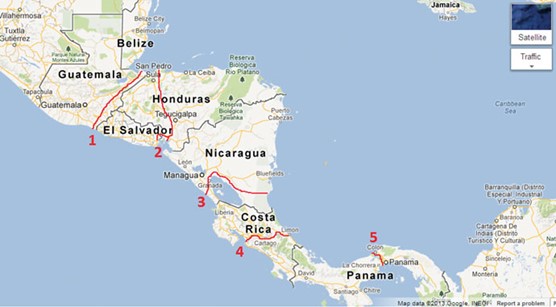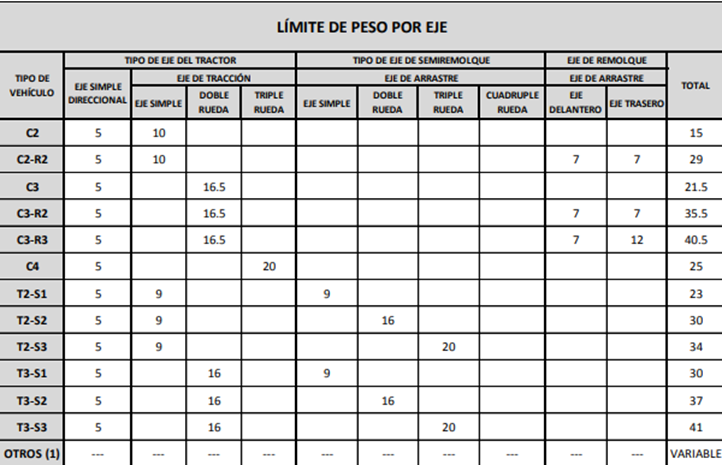January 2023 Newsletter
With freezing cold in North America and scorching heat in South America, why not travel to Central America!
Central America acts as a major connector for cargo ships travelling from Asia on their way to Europe and to the Eastern USA. The Panama Canal provides a direct thruway particularly to container vessels, with the largest NeoPanamax vessel to cross in 2022 of 16,285 TEU (TEU is the unit of a 20-foot container).
With the continuous increase in international trade, the idea of a dry canal (in Spanish “canal seco”) as an alternative to the Panama Canal has been developing from concept to potential reality in Central American countries since the late 90s. A canal seco usually involves the setting of a high-capacity rail connection between two ports, or a highway corridor. It is politically and economically attractive, because in comparison, it is faster to build than to construct a transoceanic canal.
The first dry canal mega-project in Central America was announced in 1994 for Nicaragua: a 377-km railroad. In 2005, El Salvador and Honduras announced a joint canal seco with each building its share of the interconnecting highway, linking the port of La Union in El Salvador (Pacific) with Honduras’s Puerto Cortez on the Atlantic. In January 2022, Honduras inaugurated its part of the “dry corridor”, a four-lane highway 330 kilometers long. Even a few weeks ago, during the World Economic Forum held in Davos, India’s largest port developer and operator, the Adani group, indicated its interest in building a dry canal in Costa Rica to turn that country into a logistics hub.

Figure 1: Dry Canals proposed: 1) Guatemala 2) El Salvador/Honduras 3) Nicaragua and 4) Costa Rica. Number 5 is the current Panama Canal.
Central America has regional governmental fora such as the Central America Integration System (SICA). Within the SICA there are different councils of ministries, one being the Ministers of Transportation (COMITRAN). Accords to harmonize road transport circulation and technical standards have been achieved in the past (years 1958, 2001 and 2014). Regulations for road heavy vehicles allow up to a maximum of 41 tonne GVM in 6 axles. The steering axle is allowed a maximum of 5 tonne, which would leave most European brands out, although they have a presence there. Maximum length for the T type is 22.40 meters, and there is an “other” category which allows up to 23 meter maximum length, but needs special permits.

Figure 2: Weight limits for regional road transportation per type of vehicle. Source: Central American Agreement on Road Circulation, 2014, pg.14
If any canal seco is to provide a safe and cost-effective level of connectivity, current legislation needs to be updated and harmonized again among neighbouring countries to reach similarities in terms of weight, dimensions and compulsory safety technologies requested. The possibility of authorizing High Performance Vehicles transporting at least two 40-foot containers in any dry corridor should probably be included in the new studies. With Performance Based Standards, why not! Such harmonization would also be a requirement of both shippers and transport companies seeking to be productive, safe and sustainable (a current request from most investors to achieve their sustainability reporting.
Easier said than done, I know. But worth a try. Let´s talk about it in Brisbane!
Alejandra Efrón, HVTT Vice-president for South and Central America.
